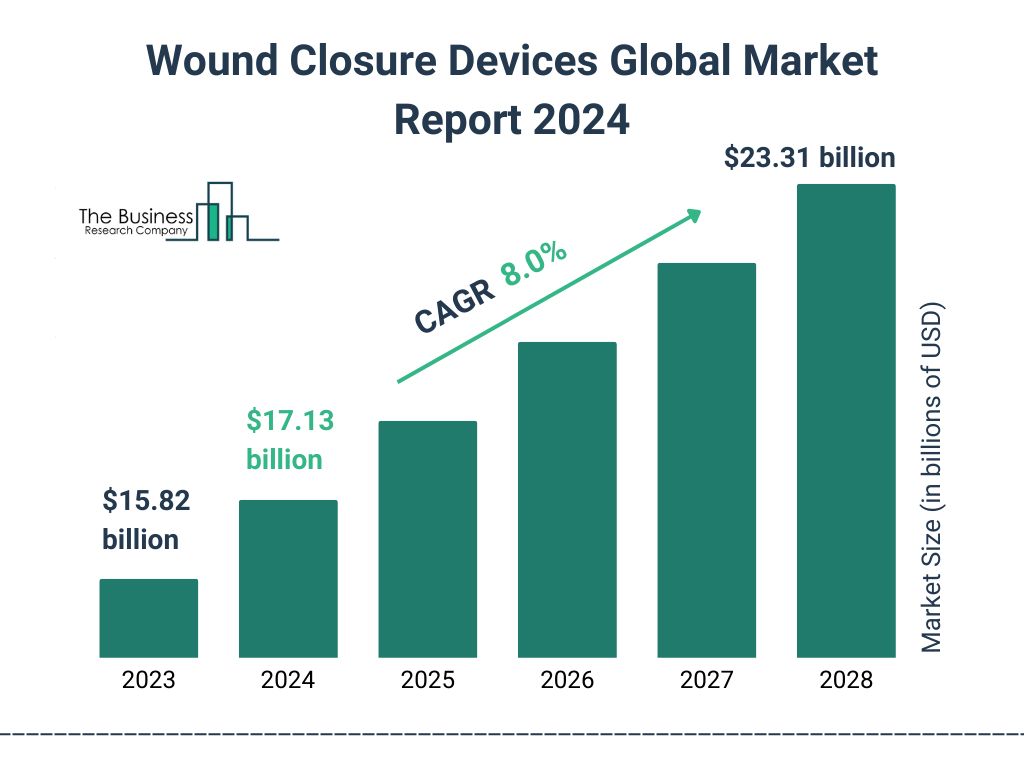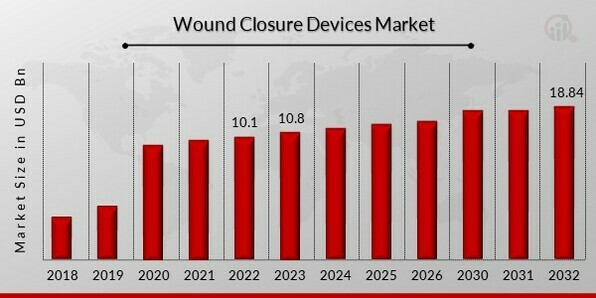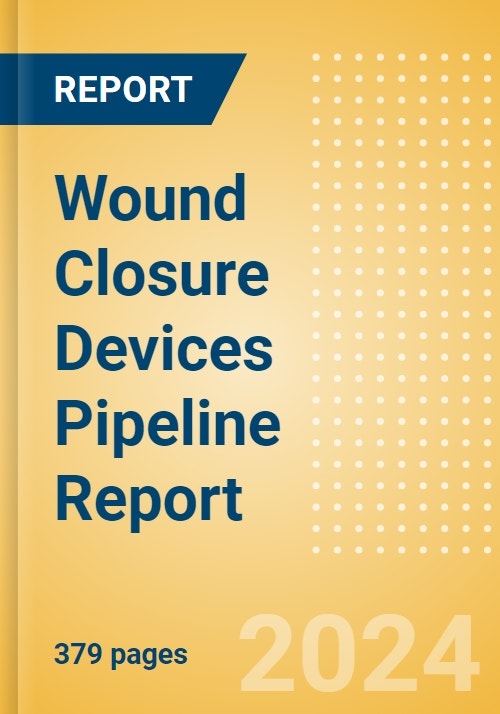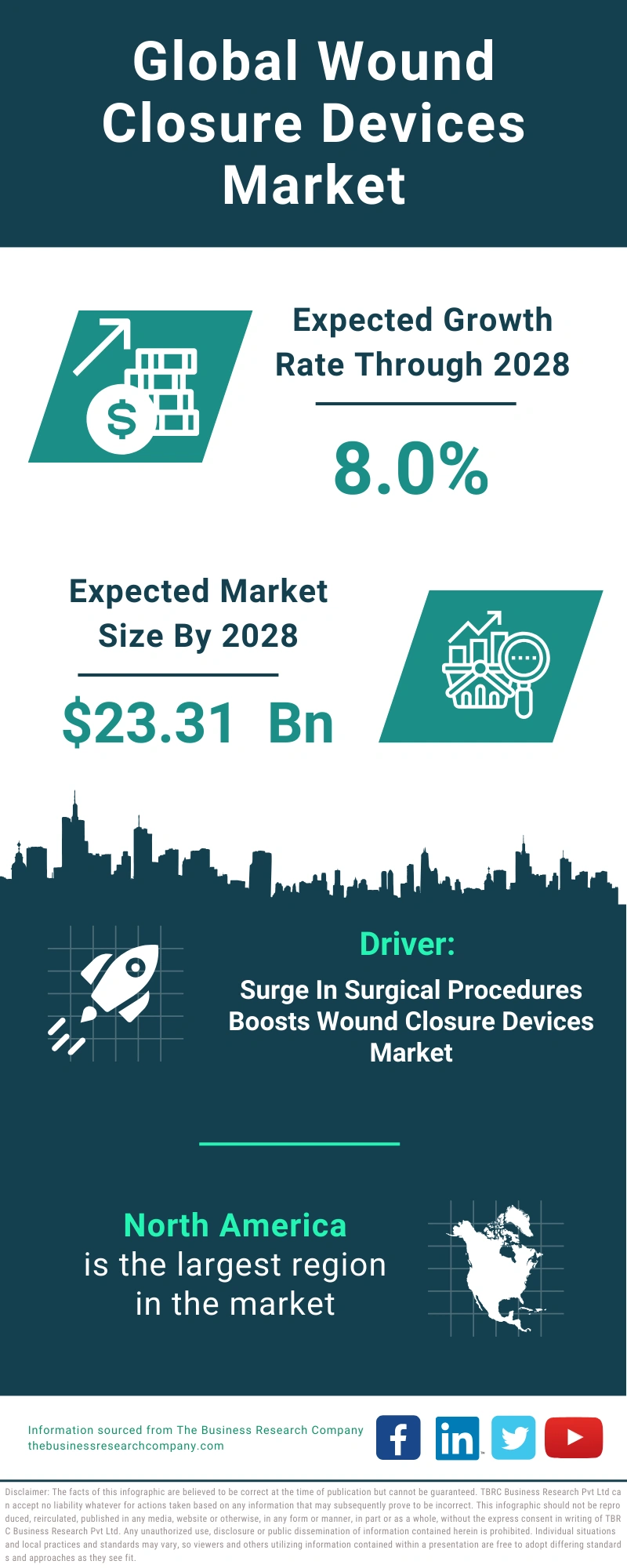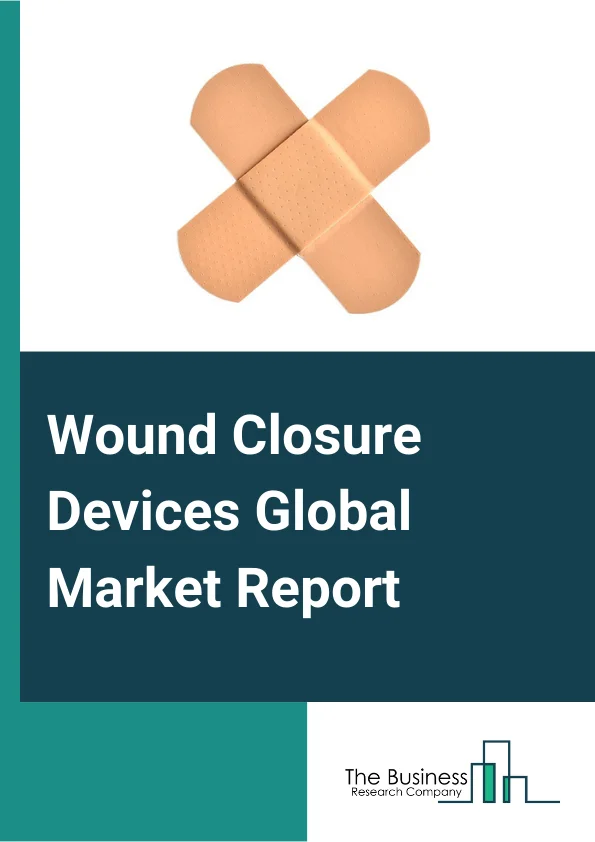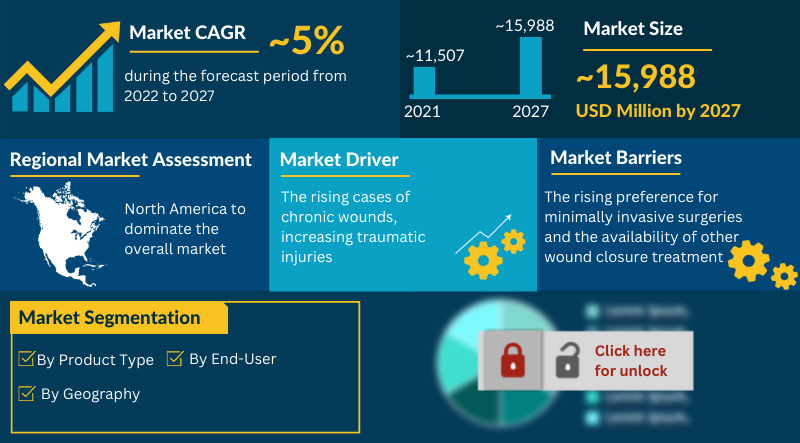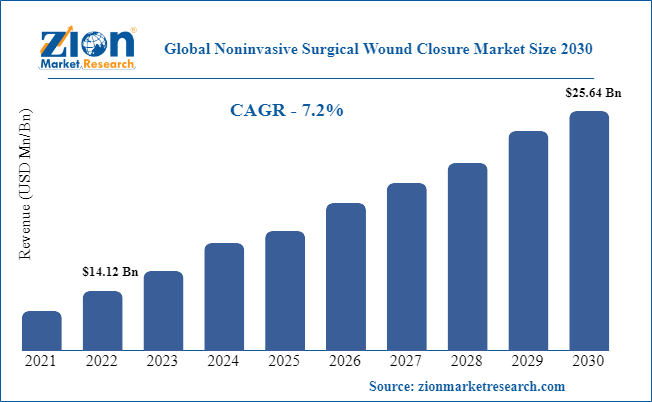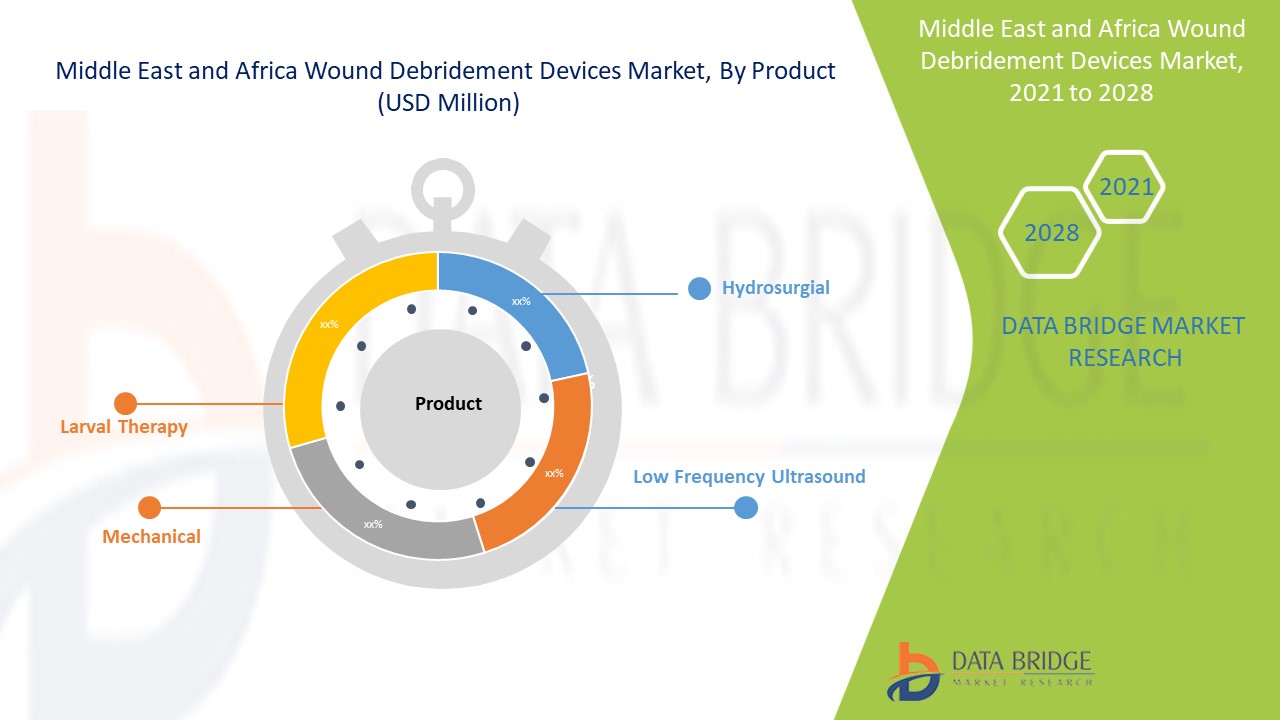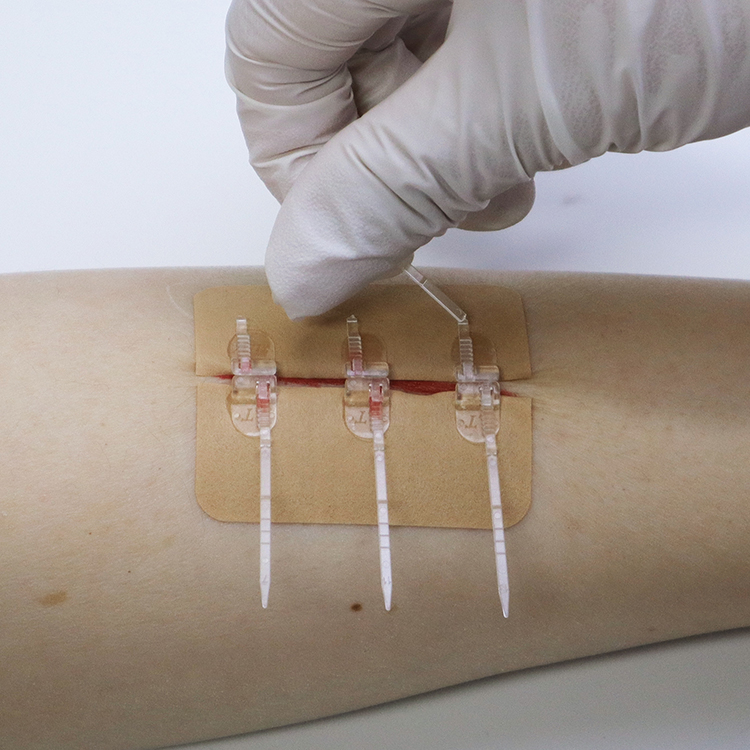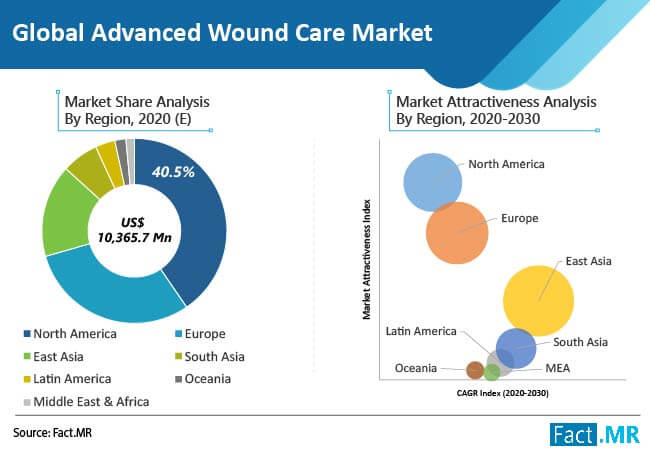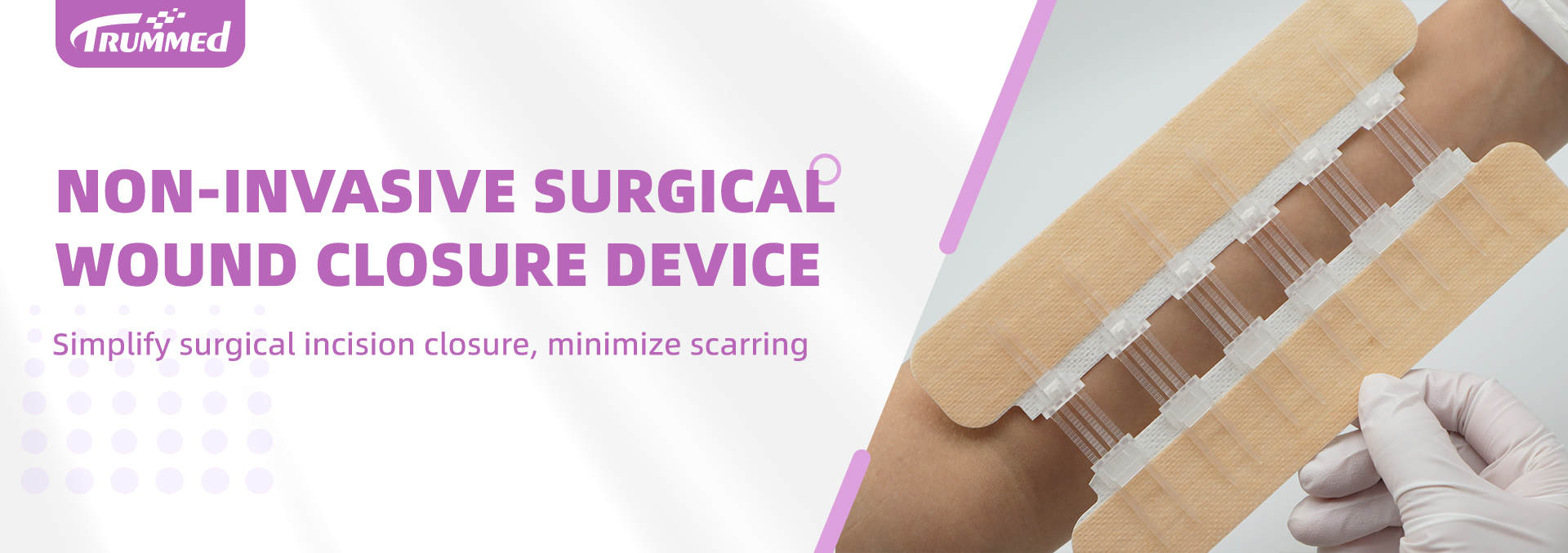Wound Closure Medical Devices Product Pipeline Market
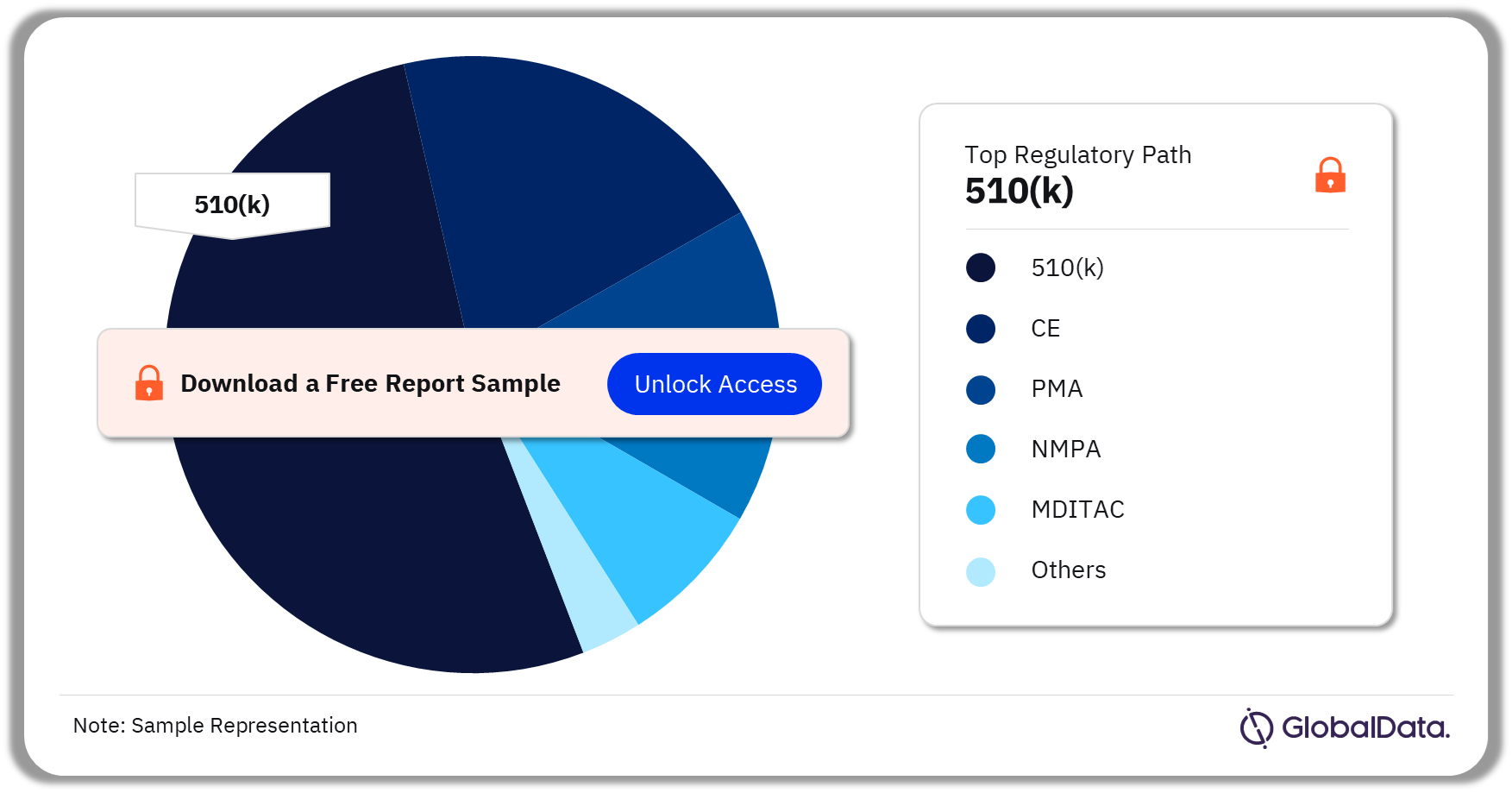
The wound closure medical devices market is experiencing significant growth and innovation, driven by an aging population, rising incidence of chronic diseases, and advancements in materials science and surgical techniques. A robust product pipeline is fueling this growth, with companies developing novel solutions to address diverse wound types and complexities. This article delves into the key trends, emerging technologies, and notable players shaping the future of wound closure.
The global market for wound closure devices is projected to reach billions of dollars in the coming years, according to recent market research reports from firms like Medgadget and Global Market Insights. This growth is attributed to factors such as increasing surgical procedures, the growing prevalence of diabetes and obesity (which often lead to chronic wounds), and a rising demand for minimally invasive procedures.
Key Drivers of Innovation
Several factors are contributing to the surge in innovation within the wound closure device market. Among these are the need for faster healing times, reduced risk of infection, improved cosmetic outcomes, and enhanced patient comfort. These drivers are pushing companies to develop advanced materials, novel designs, and sophisticated delivery systems.
Advanced materials are playing a crucial role in the development of next-generation wound closure devices. Researchers are exploring biocompatible polymers, hydrogels, and bioresorbable materials that promote tissue regeneration and minimize adverse reactions.
Another trend is the increasing use of biologics, such as growth factors and extracellular matrix components, to accelerate the healing process. These substances stimulate cell proliferation, collagen synthesis, and angiogenesis, leading to faster and more complete wound closure.
Emerging Technologies
The product pipeline is brimming with innovative technologies designed to address various wound closure challenges. These include:
Sutureless closure devices: These devices, such as surgical adhesives and skin staples, offer faster application times and reduced tissue trauma compared to traditional sutures. Surgical adhesives are gaining popularity for closing small incisions and skin lacerations, while skin staples are commonly used in orthopedic and general surgery.
Negative pressure wound therapy (NPWT): NPWT devices apply controlled negative pressure to the wound bed, promoting blood flow, reducing edema, and removing exudate. NPWT is widely used in the treatment of chronic wounds, such as diabetic ulcers and pressure sores.
Advanced wound dressings: These dressings incorporate bioactive agents, such as silver ions, antimicrobial peptides, and growth factors, to promote healing and prevent infection. Advanced wound dressings are available in various forms, including foams, films, hydrogels, and hydrocolloids.
Robotic surgery systems: Robotic surgery platforms are increasingly being used to perform complex wound closures with greater precision and control. These systems allow surgeons to access difficult-to-reach areas and minimize tissue damage.
Notable Players in the Market
The wound closure device market is highly competitive, with a mix of established players and emerging companies vying for market share. Some of the leading companies in this space include Johnson & Johnson, Medtronic, 3M, Baxter International, and Smith & Nephew.
These companies are investing heavily in research and development to bring innovative products to market. Smaller companies and startups are also playing a significant role in driving innovation, often focusing on niche markets and specialized technologies.
"The wound closure market is dynamic and constantly evolving," says Dr. Emily Carter, a leading wound care specialist. "We are seeing a growing demand for advanced solutions that can improve patient outcomes and reduce healthcare costs. The product pipeline is very promising, with several exciting new technologies on the horizon."
Challenges and Opportunities
Despite the positive outlook, the wound closure device market faces certain challenges. Regulatory hurdles, reimbursement pressures, and the high cost of some advanced technologies can hinder market access and adoption.
However, these challenges also present opportunities for innovation. Companies that can develop cost-effective, user-friendly, and clinically effective solutions are likely to succeed in this competitive market.
Furthermore, the growing emphasis on personalized medicine and patient-centric care is creating opportunities for companies to develop tailored wound closure solutions that address the specific needs of individual patients.
Potential Impact on Society
The advancements in wound closure technology have the potential to significantly impact society. By improving healing times, reducing infection rates, and enhancing cosmetic outcomes, these devices can improve the quality of life for millions of people suffering from acute and chronic wounds.
Moreover, effective wound closure can reduce healthcare costs associated with prolonged hospital stays, wound care management, and complications. This can free up resources for other healthcare priorities and improve the overall efficiency of the healthcare system.
For individuals suffering from chronic wounds, such as diabetic ulcers, advanced wound closure devices can prevent amputations and improve mobility, allowing them to lead more active and independent lives. This can have a profound impact on their physical and mental well-being.
The continued development and adoption of innovative wound closure devices hold tremendous promise for improving patient outcomes, reducing healthcare costs, and enhancing the quality of life for people around the world.
